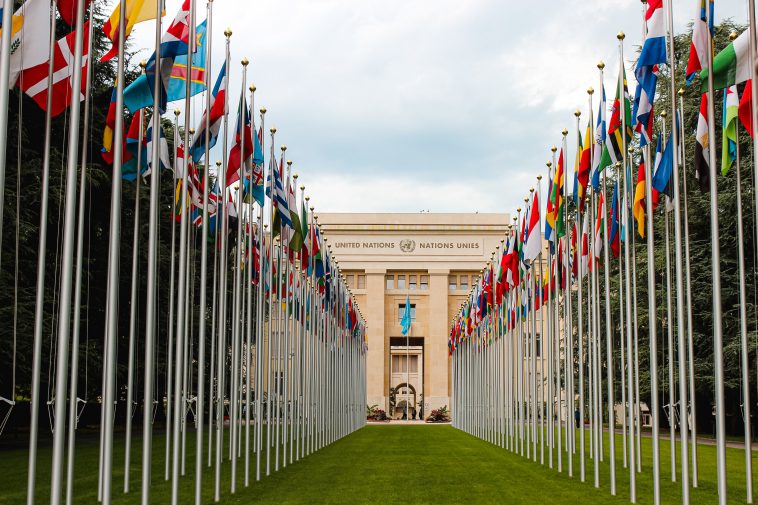With the help of the International Energy Agency, the ministers of the G7 group have come up with a Five-Point Action Plan for Critical Minerals Security. It includes a look at demand and supply in the medium and long term, more recycling and sharing of skills, new ways of sharing resources and planning for supply disruptions.
The plan also emphasizes the need for new mines and supply lines for important minerals, which can help African markets.
China and the Democratic Republic of the Congo (DRC) are responsible for about 60% and 70% of the world’s cobalt supply, respectively. 40% of the world’s copper comes from Latin America, and 35% of the world’s lithium comes from Chile and Argentina.
This causes problems for consumers, such as price changes and supply bottlenecks. Since the global energy transition rate depends a lot on the supply of critical minerals, the plan aims to solve problems in the supply chain by taking advantage of promising alternative markets for critical minerals.
In a statement, the G7 Group said, “We reaffirm the growing importance of critical minerals for the transition to clean energy and the need to avoid economic and security risks caused by weak supply chains, monopolization, and a lack of diversity among existing suppliers of critical minerals.”.”
The plan will “boost the development of new mines and supply chains for critical minerals in a responsible way that promotes transparency and traceability to meet the rising demand.” We look for ways to help each other get important minerals as the battle for these scarce resources heats up
In this situation, Africa has gotten a lot of interest because it has one of the biggest critical mineral plays in the world. Aside from the DRC, important producing countries like Zimbabwe, Mali, and South Africa and emerging markets like Namibia, Nigeria, and others offer many opportunities for investment and mineral development.
South Africa already produces 60% of the world’s manganese, 75% of its platinum, and 40% of its palladium. Meanwhile, Zimbabwe produced up to 15 metric tons of platinum alone in 2021, and Namibia produced 12% of the world’s uranium supply in 2020.
Even with this growth, most of the essential minerals on the continent are still not being used. If suitable investments are made, Africa could be a key player in stabilizing global supply lines and speeding up the energy transition.
After the G7 Action Plan, on November 6-7, South Africa will hold the first-ever African Critical Minerals Summit in Johannesburg (https://apo-opa.info/41gMMCh). The country’s Department of Mineral Resources and Energy will hold the conference. It will bring together more than 2,000 delegates worldwide, including groups from the United States, the European Union, the United Kingdom, BRICS, and G20 countries.
As people worldwide look to Africa’s resources, the summit will bring together the key producers and users of the minerals used in modern technologies, supply lines, and energy production.
While the G7 Action Plan lays the groundwork for more investment in Africa’s critical minerals markets, the African Critical Minerals Summit will be where deals can be made to help diversify global supply chains and prevent the economic and security risks G7 Group is trying to address.
 We just launched our WhatsApp channel. Want to get the latest news from the Tech in Africa?
We just launched our WhatsApp channel. Want to get the latest news from the Tech in Africa?



